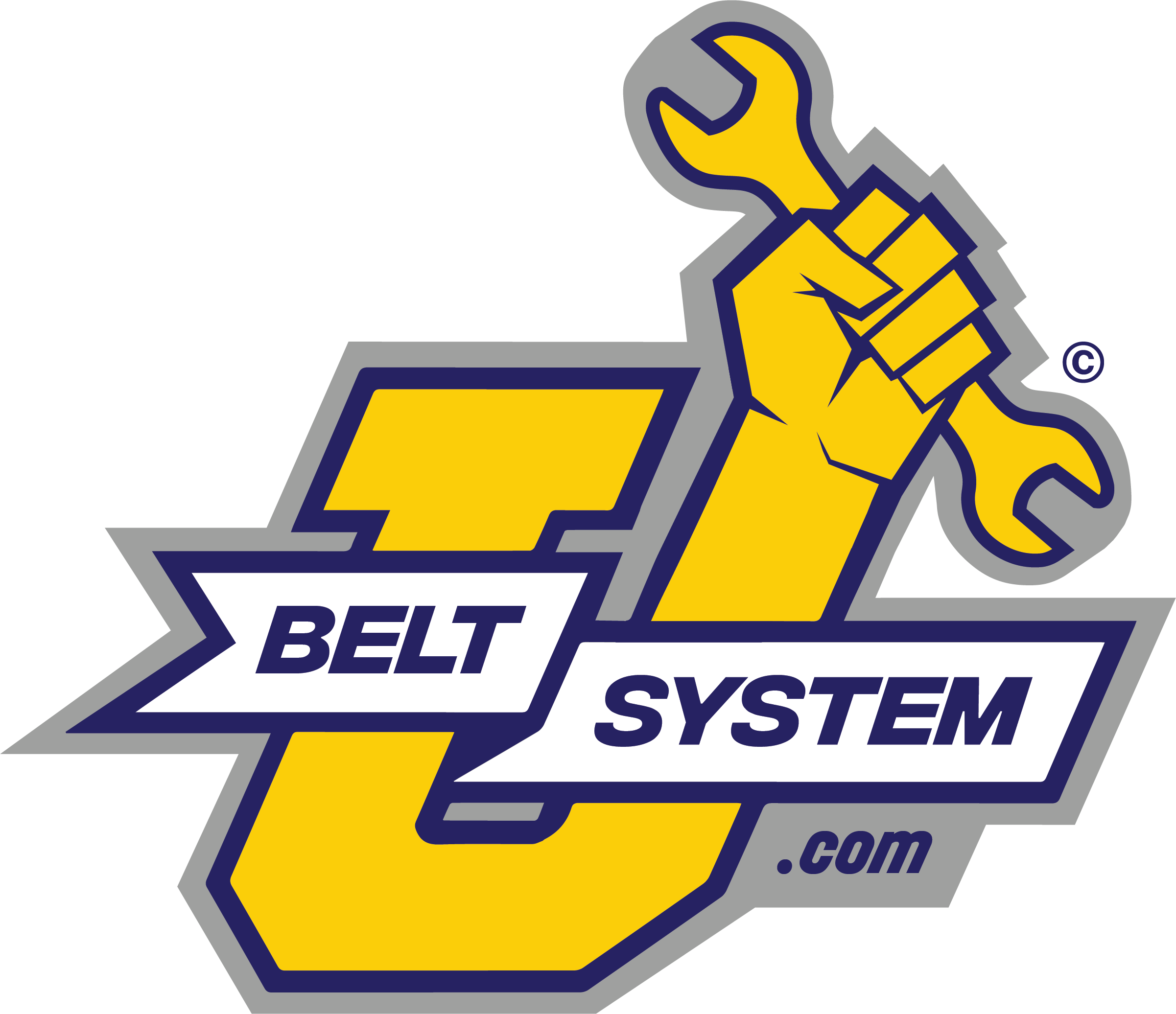Are you searching for a reliable serpentine belt built by one of the most reputable parts manufacturers on the market? MICHELIN Serpentine Belts come in a huge array of sizes designed to fit most cars, light-duty trucks, and SUVs on the road. Unique construction, premium components, and precise production standards deliver a part that you can trust as a repair technician or DIY owner.
MICHELIN: A Brand Built on Trust
You may know MICHELIN as a tire manufacturer. The company was first established in Clermont-Ferrand, France in 1889. Since, they have created tires and other rubber-based products for passenger cars, commercial trucks, race cars, and even the space shuttle. Serpentine and timing belts were first made out of rubber until a newer technology has improved their performance and functional lifespan.
Features included on Every MICHELIN Serpentine Belts
- Triple-layer Construction: The flat part of the belt uses the same MICHELIN rubber that starts as the base for every one of their passenger car tires. A special adhesion rubber is used on the grooves that make contact with the tensioner pulley and guide pulleys to reduce slippage. Polyester cords are layered into the entire belt. This allows the belt to flex while resisting stretching and cracking after repeated heated and cooling cycles associated with the engine compartment.
- Constructed for Your Car: Enter the year, make, and model of your vehicle in the Amazon automobile search bar and find the proper belt built specifically to match your car’s specs.
Pros:
- Built for most current models of cars, trucks, and SUVs
- Triple-layer construction resists cracking, tearing, and stretching
- Easy to install
- Meets OEM standards on most makes and models
- 1-year warranty for workmanship and materials
Cons:
- More expensive compared to the competition
- Only includes the serpentine belt—tensioner pulley assembly sold separately
- Must be careful when ordering: same packaging and description for every size belt
Fast FAQ for MICHELIN Serpentine Belts
Find everything you need to know about MICHELIN Serpentine Belts with a few quick questions and answers.
Can a new serpentine belt improve my emissions and fuel usage?
If you opt for an inexpensive no-name belt that does not meet or exceed OEM specs, your engine may have to work harder to move the belt. Since the belt connects your power steering, cooling systems, and air conditioning, when you engage these different systems, you can put more demand on your motor. That can increase emissions which will reduce fuel efficiency. When you use a MICHELIN Serpentine Belt, less stress is placed on your power train, optimizing performance, saving gas, and reducing toxins entering the environment.
Do MICHELIN Serpentine Belts meet OEM Specs?
Most serpentine belts that are installed on new cars are expected to last from 80,000 to 100,000 miles before requiring replacement. A replacement belt will only meet or exceed that expectation if it is built the same way or better than the original equipment belt. MICHELIN works with all the major automotive manufacturers to ensure that their serpentine belts will perform according to OEM specs.
Is it worth spending a little more on a MICHELIN Serpentine Belt?
You may pay a few extra dollars for a MICHELIN Serpentine Belt compared to the non-OEM competition. However, when you realize that the serpentine belt is designed to last five to ten years, those extra dollars are well worth the investment.
What happens if the belt fails while you are driving?
The power steering pump stops working which can make it near impossible to steer the car. MICHELIN belts can help to protect you, your family, and vehicle.
MICHELIN Serpentine Belts: The Smart Choice
When deciding which serpentine belt offers the best performance for your dollar, MICHELIN Serpentine Belts deliver on durability, construction, and performance.
ACDelco GM Original Equipment 12576447 V-Ribbed Serpentine Belt
$21.89 (as of May 13, 2024 10:01 GMT -04:00 - More infoProduct prices and availability are accurate as of the date/time indicated and are subject to change. Any price and availability information displayed on [relevant Amazon Site(s), as applicable] at the time of purchase will apply to the purchase of this product.)
Bando USA 6PK2375 OEM Quality Serpentine Belt
$14.99 (as of May 13, 2024 10:01 GMT -04:00 - More infoProduct prices and availability are accurate as of the date/time indicated and are subject to change. Any price and availability information displayed on [relevant Amazon Site(s), as applicable] at the time of purchase will apply to the purchase of this product.)
K060875 Micro-V Serpentine Drive Belt - Compatible with Gates Dayco ACDelco Goodyear MasterPro - Replaces 14-0587-2, K8756, AR3Z8620A, JK6-881, JK6-882, JK6-882-A, 6K875, K060875HD
$18.99 (as of May 13, 2024 10:01 GMT -04:00 - More infoProduct prices and availability are accurate as of the date/time indicated and are subject to change. Any price and availability information displayed on [relevant Amazon Site(s), as applicable] at the time of purchase will apply to the purchase of this product.)









